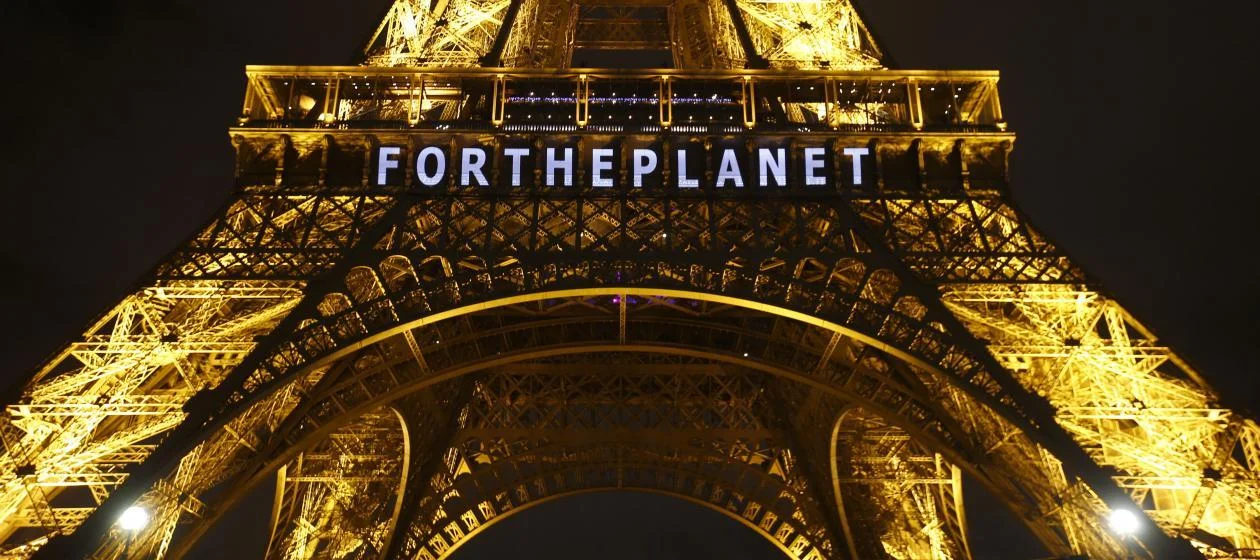By: Martha Molfetas
Right now, many people are asking, 'what is the Paris Agreement?'; 'what does it do?' and potentially most importantly, 'what does the announcement from President Donald Trump mean?'. Here is a run down from us on what the Agreement does and what the recent US withdrawal announcement really means for the US and the Agreement.
What is the Paris Agreement on Climate Change Anyway?
The Paris Agreement is a non-binding international agreement that allows every nation on the planet to commit to their own targets, aimed to address the causes and consequences of climate change. There are no consequences for failing to reach national targets, or Intended Nationally Determined Contributions (INDCs). The Agreement also does not have any financing element attached or required. The funding of the Green Climate Fund (GCF) has been established by the overarching international organization responsible for both the Paris Agreement and for the GCF, called the United Nations Convention on Climate Change (UNFCCC). President Trump highlighted US funding for the 'Paris Agreement', which is a moot point. The US does provide funding to the UNFCCC just like every other member of the UNFCCC; and has given funds to the GCF.
Who's Paying for What?
The GCF is not the Paris Agreement. That said, the GCF essentially operates as a development financing and grant organization aimed to help countries most vulnerable to climate change build resiliency; and help finance clean energy projects for developing countries. Similarly, the World Bank and IMF have climate focused schemes. To date, the United States has already given the pledged $3 Billion to the GCF under former President Obama. It's worth noting, that of all the nations in the world, the US has the largest GDP. If you combine contributions from EU nations, the world's second largest economic block, EU national contributions to the GCF far exceed those by the US.
What happens now that the President announced US Withdrawal?
The short answer to this is, 'not much'. The Paris Agreement has been in force since 2016. However, nations signed on cannot formally withdraw until the Agreement has been in force for three years in the particular nation wishing to withdraw. For the US, the Paris Agreement came into force November 4, 2016. This means the US cannot submit a formal letter to the United Nations stating their withdrawal until November 4, 2019. Once that letter is sent off, it takes a year to withdraw entirely from the Paris Agreement. Placing an actual US withdrawal date of November 4, 2020. But guess what? If the US does withdraw under this Administration, a new Administration coming into power in January 2021 could re-sign the Paris Agreement and be entirely signed on within 30-days.
What's happened since?
Since the President's announcement, countless American cities and states have affirmed their targets and commitments to the Paris Agreement. Led by the state of California; New York, Hawaii, Washington, and many other states have signed up for a US Climate Alliance intended to commit to the Paris Agreement. Clean energy targets across the US are being met; states like Kansas and Iowa are making waves, with wind energy booming. California is shuttering fossil fueled power plants in favor of cheaper clean energy alternatives. Other 'red' states like Texas are also taking advantage of the energy independence renewables afford. This is all despite federal pivoting at the EPA that is grinding climate change projects and programs to a halt.
States and localities are standing up for the Paris Agreement and taking advantage of clean energy solutions; with or without the blessing of this administration. Nations around the world have reaffirmed their climate commitments. All our futures are at stake. This is not the time to be discouraged from the recent White House announcement in the Rose Garden. You can call your Governors and ask them to join the US Climate Alliance; call your state and federal legislatures and tell them to stand up for climate action and for environmental preservation.
Join us, and tell the world that you're still in for the Paris Agreement by signing our petition, #IAmStillIn, and check out our blog to find out why we're still in.
Photo from 'The Week'.

